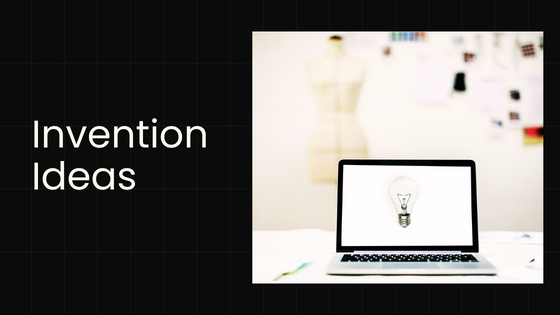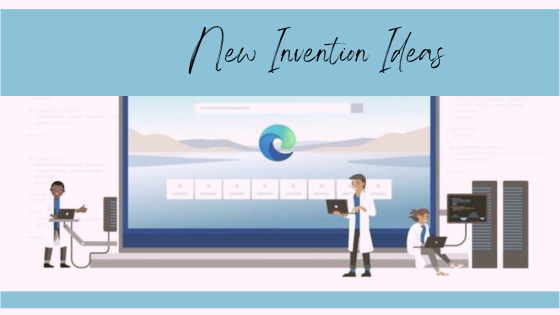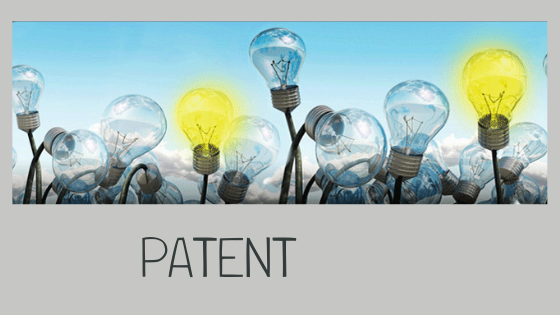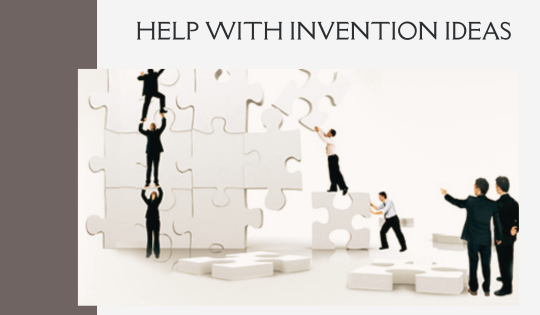WordPress Websites are used by almost all types of businesses. It being an easy to use content management system provides businesses with a host of features to run a successful website. It began as a blogging platform and today powers millions of websites on the net. Security is one of the most critical features that any website should consider. A hacked website has a lot to lose for your business. Here is a practical list of do’s and don’ts for WordPress development in terms of Security.
Do’s:
Remove Version Numbers:
Version numbers can be important information for hackers to abuse the WordPress Themes. It’s best to remove the version numbers generated by WordPress, Themes and CSS and JS files.
Upgrade Regularly:
Upgrade WordPress regularly – both the core installation as well as the installed themes and plug ins. All new releases have bug fixes that are present in the previous versions. So this is important.
System Software Update:
Make sure that the system is updated to the latest versions of openssl, Nginx, php, mysql etc. for your windows, mac or linux systems.
Backup Your Website Regularly:
Regular backups of files and databases should be taken in order to make the site ready for restoration as and when required.
Directories:
Secure wp-includes and uploads directories in your website folder. This prevents direct access to these files by any external user.
Secure wp-config.php File:
The wp-config.php file contains a lot of sensitive information. Make sure that you secure it.
Regular Scanning:
Use Malware or some kind of monitoring software for securing your website. This software will notify you whenever there is some potential harm to your website.
Setting Permissions:
Restrict access to the folders on your website to the admins or users whom you trust. Setting of appropriate read – write permissions depending on the requirements is advisable.
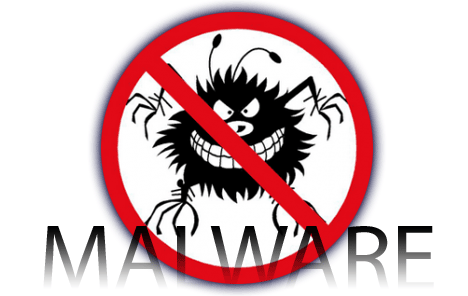
Don’ts:
Notifications:
Do not allow notifications to be sent to all users regarding an upgrade, update or version change.
Passwords:
Do not take passwords lightly. Easily guessable passwords are a sure way to invite hackers to break into your website.
File Edits in Dashboard:
NO allowing file edits in the dashboard. Users who can change the website content should not be given access to change the code!
Do not allow hotlinking:
People should not be able to create hotlinks from your images or content.
Directory browsing:
Directory browsing should not be allowed for all users. Prohibit access to important files and folders so that they are not modified.
Any WordPress Development company providing WordPress malware removal service would be able to include all these security features for you.

